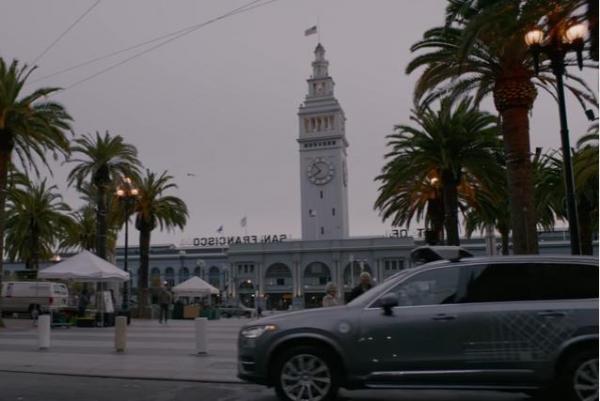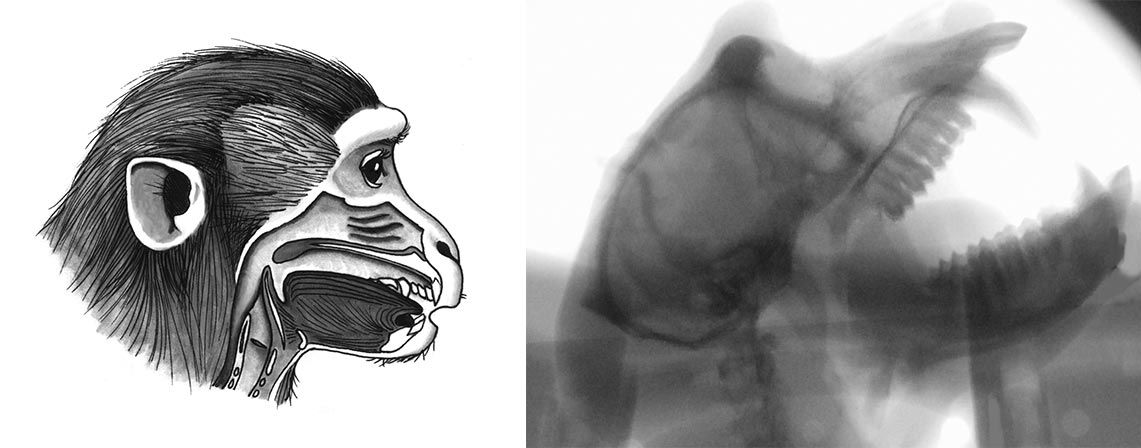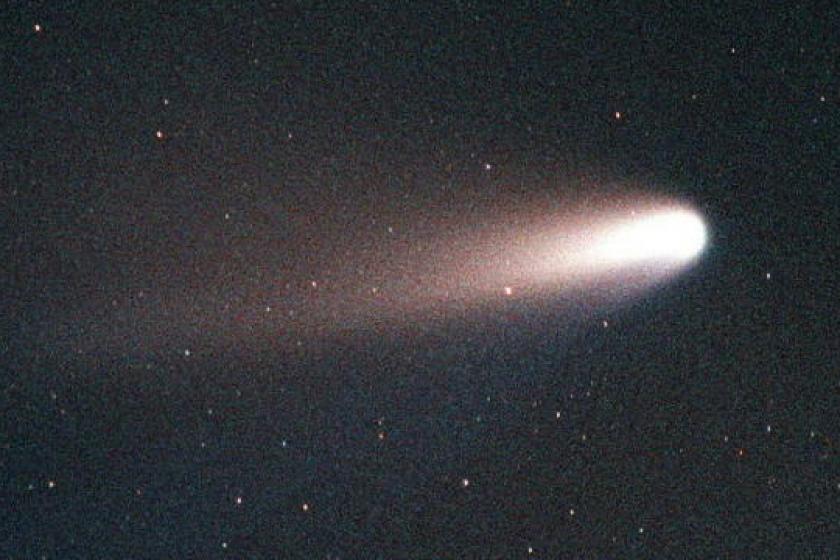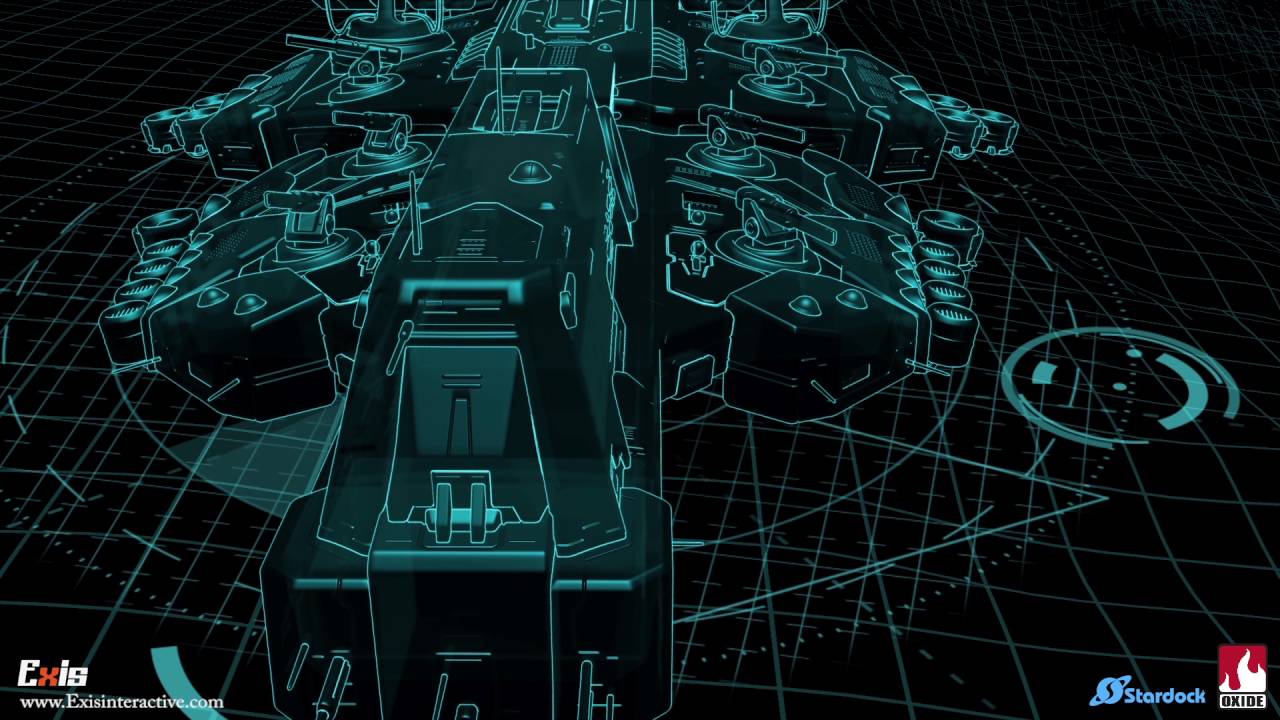And it could result in wild new technologies.
Ooops.
SACRAMENTO, Dec. 14 (UPI) — The California Department of Motor Vehicles issued a warning of sorts to rideshare company Uber on Wednesday, apparently for wading too far into the waters of testing self-driving vehicles in San Francisco.
The department issued a statement Wednesday that said it “encourages the responsible exploration of self-driving cars.”
He stood a majestic 5-foot-5, weighed around 100 pounds and maybe had a harem. That’s what scientists figure from the footprints he left behind some 3.7 million year ago.
He’s evidently the tallest known member of the prehuman species best known for the fossil skeleton nicknamed “Lucy,” reaching a stature no other member of our family tree matched for another 1.5 million years, the researchers say.
The 13 footprints are impressions left in volcanic ash that later hardened into rock, excavated last year in northern Tanzania in Africa. Their comparatively large size, averaging a bit over 10 inches long (26 centimeters), suggest they were made by a male member of the species known as Australopithecus afarensis.
A crop spray which can boost farmer’s wheat yields by one fifth, without the need for genetic modification, has been developed by scientists at Oxford University.
Researchers have found a molecule which helps plants make the best use of the sugary fuel that they generate during photosynthesis. And with more fuel, the plants can produce bigger grains.
Other scientists in Britain have developed ways to genetically modify crops to increase yields, and the Department of Environment is currently deciding whether to allow a field trial for GM wheat in Hertfordshire.
While they have a speech-ready vocal tract, primates can’t speak because they lack a speech-ready brain, contrary to widespread opinion that they are limited by anatomy, researchers at Princeton University and associates have reported Dec. 9 in the open-access journal Science Advances.
The researchers reached this conclusion by first recording X-ray videos showing the movements of the different parts of a macaque’s vocal anatomy — such as the tongue, lips and larynx. They then converted that data into a computer model that could predict and simulate a macaque’s vocal range.
IBM Watson is known for its work in identifying cancer treatments and beating contestants on Jeopardy! But now the computing system has expertise in a new area of research: neuroscience.
Watson discovered five genes linked to ALS, sometimes called Lou Gehrig’s disease, IBM announced on Wednesday. The tech company worked with researchers at the Barrow Neurological Institute in Phoenix, Arizona. The discovery is Watson’s first in any type of neuroscience, and suggests that Watson could make discoveries in research of other neurological diseases.
SEE ALSO: This high-tech E.L.F. is guiding confused shoppers with the help of IBM’s Watson.
Sometimes a drug intended for one purpose turns out to have other uses. Metformin, a treatment for type 2 diabetes, may prove effective in treating cancer.
Researchers are a step closer to figuring out how metformin may help prevent cancer.
Metformin is generally used to treat type 2 diabetes. The drug helps the body use insulin more effectively.
In news certain to take the bounce out of your step, a NASA scientist says Earth is due for an “extinction-level” event that we basically would have no way of stopping.
Dr. Joseph Nuth of NASA’s Goddard Space Flight Center rang the alarm Monday in San Francisco, New York Magazine reports. The comet that spelled disaster for the dinosaurs hit 65 million years ago, and Nuth said the massive asteroids and comets that could wipe out civilization usually strike “50 to 60 million years apart,” making such an event overdue.
In 2014, scientists first spotted a large comet barreling toward Mars just 22 months before it came perilously close to hitting the planet. That wasn’t enough time to do anything, Nuth said, proof that “the biggest problem, basically, is there’s not a hell of a lot we can do about it at the moment.” To prevent a catastrophic event, Nuth suggests NASA create a rocket that can go in storage, ready to be used if a huge comet comes our way. “It could mitigate the possibility of a sneaky asteroid coming in from a place that’s hard to observe, like from the sun,” Nuth said. The way 2016 has gone so far, you might want to start scanning the sky. Catherine Garcia.








